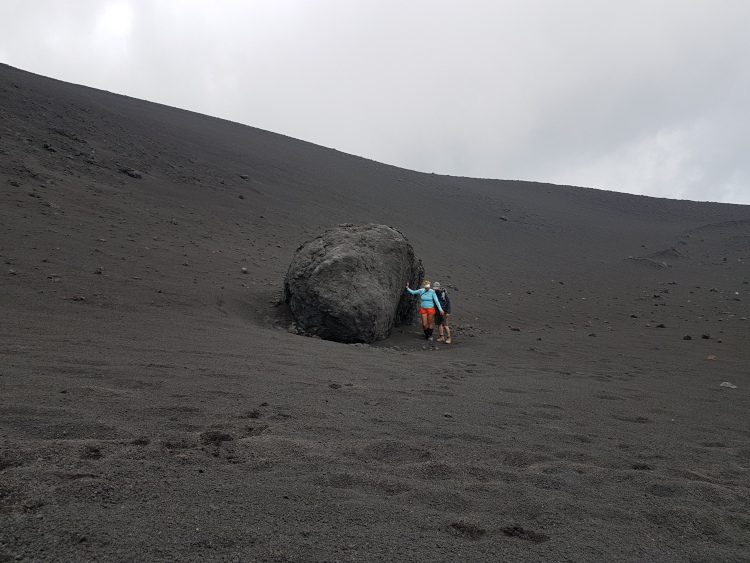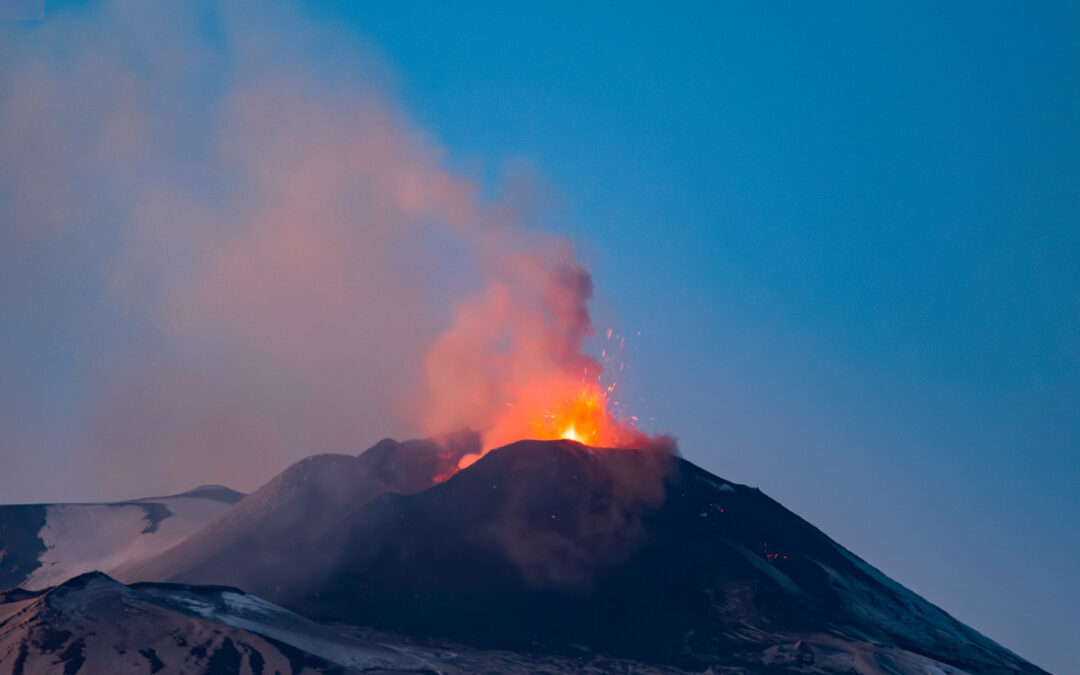It is a mighty phenomenon; at around 3347 metres, it is considered the highest and most active volcano in Europe. It is constantly active, with eruptions almost every year. And yet it is densely populated: Catania with its more than 300,000 inhabitants lies at its feet, and countless villages stretch up its slopes. Thousands of visitors flock to its peaks every year – many of them wish they could experience the glowing lava flows for themselves.
This raises the question: how safe is this volcano? How well can the dangers of such a force of nature be assessed? And is it perhaps precisely this unpredictability that attracts people?
One thing in advance: Etna is considered the most active volcano in Europe, but definitely not the most dangerous. But why actually and how is that determined?
The dangerousness of Etna’s activities
Four main craters shape its form – but if an eruption occurs, it often happens on its slopes, when the lava seeks a completely new exit (lateral eruption). You get the feeling that the mountain is alive. It constantly changes its shape and the height also fluctuates between 3,200 and 3,360 metres. The high seismic activity in this region is due to the fact that two continental plates rub against each other deep under the earth: the African and the Eurasian plates. So Sicily is not only a melting pot culturally, but also quite literally in its deepest essence.
There are two main reasons why Etna, despite its exuberant activity, is considered a relatively safe volcano and therefore so popular for tourists. The first reason: Etna is one of the best-monitored volcanoes in the world. It is dotted with measuring stations that register the slightest activity. It is part of the Decade Volcano Program, which was founded in the 1990s with the aim of better assessing and preparing for the dangers of volcanic eruptions. For this, 16 volcanoes worldwide were selected:
- Vesuvius,
- Santorini in Greece,
- Teide on Tenerife,
- Colima in Mexico,
- Galeras in Colombia,
- Merapi in Indonesia,
- Mount Rainier in the USA,
- Mauna Loa in Hawaii,
- Mount Unzen and Sakurajima in Japan,
- Taal in the Philippines,
- Santa Maria in Guatemala,
- Ulawun on Papua New Guinea,
- Nyiragongo in the Congo and
- Avatschinskaya Sopka or Korjakskaya Sopka in Russia.
The second reason: because Etna is constantly active, almost continuously releasing steam, the individual eruptions have less force and are somewhat more predictable. It becomes more problematic when there is a longer break in the eruption.

A danger on Etna that should not be underestimated: the craters sometimes spew out huge chunks of rock called lava bombs. The picture above shows you the proportions. The experienced Etna guides therefore advise: in the event of a volcanic eruption, do not run away, but stand still and look up to avoid the lava bombs!
Vesuvius – Danger near Naples
Vesuvius, as a contrast, is for this reason one of the most dangerous volcanoes in the world. It is considered an active volcano and is also very well monitored, but its last eruption was about 80 years ago. It is assumed that the internal pressure is constantly building up and that it could erupt at any time, which would be tantamount to a catastrophe in view of the city of Naples with its millions of inhabitants at its feet. Evacuation plans are in place and premiums are being paid to try to persuade people to relocate from the most dangerous zones, but despite everything, construction is still going on in these regions. Volcanoes must have a special attraction and the soil is more fertile than any other country.
Destruction on Etna
There has also been destruction on Etna. During the long series of eruptions between 1991 and 1993 (see also The 1991-93 eruption), houses near Zafferana were destroyed. At that time, people tried to stop or divert the lava by erecting protective walls, but this only succeeded for a certain time. Blasting was also used for protection. During the eruption in 1983, several houses near Nicolosi were also destroyed. Again and again, fruit or nut plantations were destroyed and the ski resorts, which are located on the upper half of the mountain, also suffered considerable damage to cable cars, ski lifts, etc. Personal accidents, some of them fatal, also occurred again and again over the course of time – as can of course happen on any somewhat more demanding mountain tour.
So, despite its relatively manageable dangers, a measure of respect must be maintained. The particularly impressive summit craters should only be climbed with a mountain guide. Sometimes dense clouds of sulphur vapour are emitted there, making visibility difficult and posing the risk of losing one’s bearings and falling into the crater mouth. For each tour, the certified guides check which regions are safe to walk in. Depending on the activity, there are also official regulations up to which height Etna may be climbed; these must be followed at all costs. Most tragic incidents happen due to non-compliance with such regulations.
However, there is never perfect security, not even for the residents.
